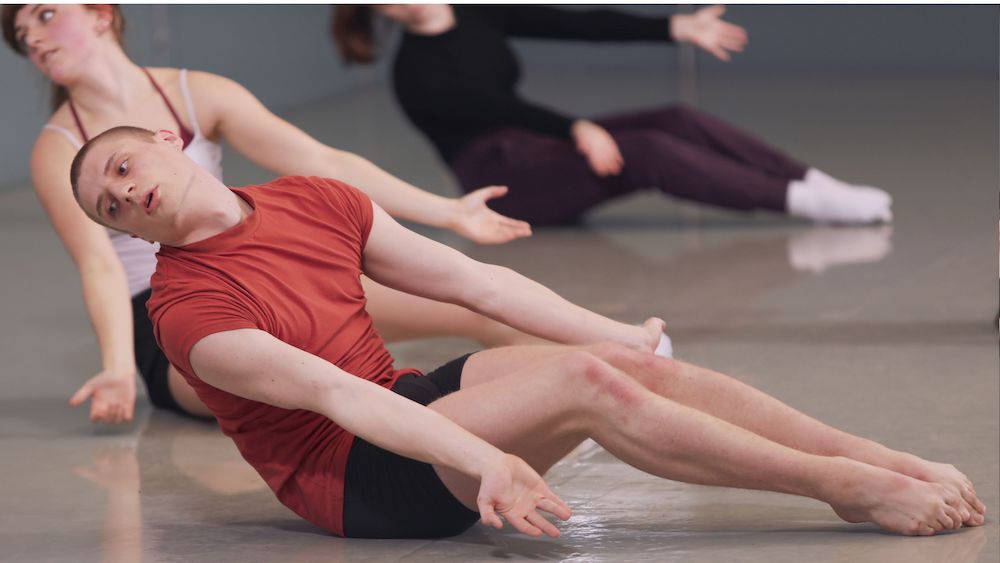There is much to enjoy in The Essential Guide to Contemporary Dance Techniques for professionals and hobbyists alike. The guide, published by Crowood Press, focusses on the canon of contemporary dance techniques as established in the western traditions: Graham, Cunningham and Release. Author Melanie Clarke is a lecturer and program leader in dance at Trinity Laban Conservatoire of Music and Dance in London. Clarke is an expert in Labanotation and the contemporary dance techniques examined in the book are considered through the lens of Laban.

The book covers a brief evolution of western contemporary dance, and how western contemporary dance — in particular, histories of Martha Graham and Merce Cunningham — are intertwined with modern ballet. Three techniques — Graham, Cunningham and Release — are each considered historically and through the lens of Laban. It is a good way to understand and compare the techniques, not only through their own values and preferences but also through an independent set of values and measures. These independent measures are the distinctive frames of Laban: Body, Space, Action, Dynamics, Relationships.
There is some examination of anatomy and the conceptions of the body that are used in contemporary dance. Clarke notes that there is no one syllabus or singular discipline of contemporary dance, and as such, contemporary dance draws on philosophies of ways to move to body. Clarke examines how the concept of connectivity is important for contemporary dance, as not only pure muscular strength will support movement. Clarke considers the efficiency seen in contemporary dance and how to achieve it: “When working in an integrated and efficient way,” Clarke notes in the book, “movement aids the acquisition of strength, power, mobility, stability, clarity in space and ease.”

In the section on Graham technique, Clarke begins with a history of Graham’s work and impact, and then considers Graham’s technique including contractions, release and spirals. Clarke breaks down these actions through the lexicon of the Laban factors: bound flow, strong force, spatial projection of the gaze. In the section on Cunningham, his work is again broken down through the lexicon of Laban. The progression of material in a Cunningham class is considered and his quintessential five positions of the spine are explored. In the section on release techniques, the influences of somatic practices and postmodernism are considered. “There is no ideal form, process or image to pursue. Classes explore many ways into understanding and gaining knowledge about the body moving, rather than selecting one way,” notes Clarke in the book. The release section offers interesting propositions for suggested class investigations into embodied anatomy.
One of the most interesting aspects of the book, and one of its most fundamental contributions, are that it is as much an insight into Trinity Laban method and pedagogy, as it is about contemporary dance technique.

For example, the ideas in each of the techniques can be broken down using the Laban languages, and Laban provides structures for understanding dance, for instance, why Graham technique is more passionate and Cunningham techniques are more cerebral.
There is a leanness and economy in the writing of The Essential Guide to Contemporary Dance Techniques which makes it pleasurable to read. The technical lexicons of each technique and of Laban are well explained. Dancers, students and dance teachers alike will find much to enjoy and use in this manual.
For more information or to purchase the book, click here.
By Tamara Searle of Dance Informa.

















